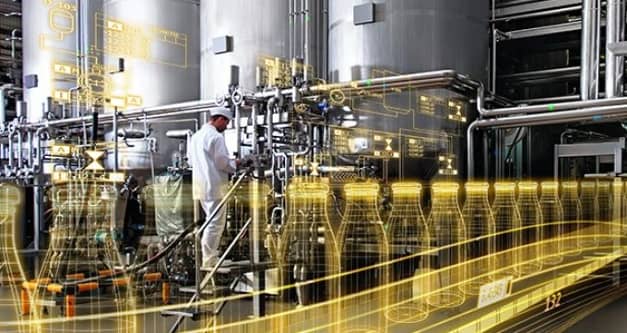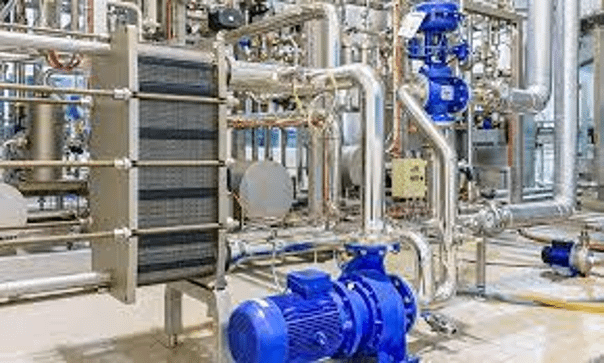Heat exchangers are systematic devices for transferring heat between two fluids of different temperatures. To prevent mixing, the media may be separated by a solid wall, or they may be in direct contact. Food processing, dairy industry, biochemical processing, pharmaceuticals, chemical plants, and petroleum plants are just some of the industries that use heat exchangers.
Heat exchangers are ubiquitous in the bioprocessing industry. They are used for pasteurisation, sterilisation, and other food processing needs. While the technology is fully developed, there’s still room for innovation.
Speaking of Heat Exchangers, specialised boiler tubes are utilised in the proper functioning of such exchangers. SA179tube.com Is one leading Manufacturer, Exporter, Supplier & Stockist Of Boiler Tubes ST 37 Pipes.


Inactivating microbial populations and therefore stabilising and extending shelf life is the most common and important reason why foods and beverages are heat treated. Rapid and effective heat transfer is essential in order to minimise any damage to food’s nutritional and organoleptic qualities, as well as in order to save time and reduce fuel costs, which are both important achievements for the food industry.
Heat exchangers can be designed using computer programs to achieve maximum efficiency. Thermal energy is transferred from one solid or fluid to another in a heat exchanger. In order to carry out this transfer of energy efficiently and under controlled conditions, heat transfer equations are applied when designing the equipment.
To achieve high heat transfer efficiency, good heat exchanger design is only one factor. Another crucial factor is the avoidance of any debris (either mineral or organic) accumulation on the heat exchange surfaces.
Some Features of Heat ExchangersIn Food Industry
A heat exchanger is used to improve energy efficiency in the production of milk and agricultural products, beverages, and alcohol.
Heat exchangers are a key component of the production of juice, sauce, edible oil, syrup, and soup
By using heat exchangers, evaporation is used to increase sugar concentration in the product.
In the production of chocolate, peanut butter, fudge, spreads, mayonnaise, and other viscous products, heat exchangers are used. It has different sections so that milk can be directed to the cream separator.
There is also a holding section for protein denaturation and microbial elimination.
Using the heat exchanger, the products can be heated up to around 1420 C and cooled down to 250C before packaging.
For minimal human intervention and flawless service, the exchangers have automatic PLC controls.
Pharmaceutical, food, and beverage operations realise the value of heat exchangers in several ways:
- Cleaning fluids are heated in heat exchangers to remove residues from system components.
- For pasteurisation and Clean-in-place (CIP), heat exchangers create consistent temperatures.
- Heating water is necessary for effective rinsing of food production equipment (tanks and pipes).
- They can be placed on skids for small-footprint, flexible positioning of CIP equipment.
- When flow rates are high enough, heat exchangers themselves are Capable because their designs induce turbulence.
- Heat is transferred without contaminating the heated fluid.
- Regenerative heat transfer conserves energy by reusing heated fluids to heat fluids repeatedly.
SA179tubes.com is a leading supplier, stockist, manufacturer & exporter of Tubes ST 37 Pipes. Get in touch with us for the best rates & availability.
